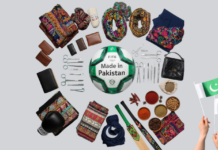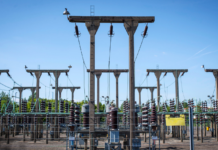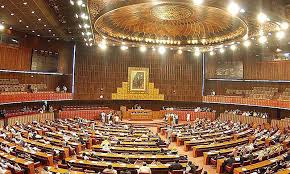According to an analysis by the Economic Policy Business Development (EPBD) Think Tank, Pakistan’s exports to the United States were subject to substantial tariffs in 2024, with the US collecting approximately $611 million in duties on goods exported from Pakistan.
In comparison, Pakistan collected only around $157 million in duties on US imports during the same period.
Pakistan’s exports to the US totaled $5.71 billion, with the US applying an average tariff rate of 10.7% on these goods. Despite the significant trade volume, only 14.8% of Pakistani exports entered the US market duty-free, while approximately 53% were subjected to tariffs.
The textile sector, which accounts for 77% of Pakistan’s total exports to the US, is particularly vulnerable to any changes in US tariff policies.
Meanwhile, Pakistan applies a simple average MFN (Most Favored Nation) duty of 10.3% on imports, with agricultural products facing higher duties of 13% and non-agricultural goods 9.9%. The weighted average tariff for these imports stands at 7.6%.
The EPBD Think Tank has pointed out that compared to Pakistan’s competitors, such as the European Union, where Pakistan benefits from preferential trade arrangements, the US market presents a higher tariff burden. The US’s recent announcement of a reciprocal tariff policy, which could see duties on Pakistani goods increase to 29% in 2025, has raised concerns within the business community.
While this increase could present challenges, the Think Tank noted that Pakistan could find a strategic advantage in certain sectors. Pakistan’s tariff rate will remain lower than those faced by competitors like China, which faces a 245% tariff, and Vietnam and Bangladesh, which face 46% and 37% tariffs, respectively.
This positions Pakistan well in sectors such as wearing apparel, woven fabrics, and food products, where tariff increases are lower compared to these regional competitors.
In sectors such as sports goods, Pakistan is expected to gain improved market access, with a 17-percentage-point advantage over Vietnam, an 8-percentage-point advantage over Bangladesh, and a significant 216-percentage-point advantage over China.
However, the Think Tank warned that India’s slightly more favorable position, with a 26% reciprocal tariff rate, could pose a competitive threat, particularly in the textile sector.
The report suggests that Pakistan must consider diversifying its export markets and enhance competitiveness in sectors that benefit from favorable tariff differentials. With 77% of Pakistan’s exports concentrated in textiles, diversification is seen as a key risk mitigation strategy to navigate the changing trade environment.























